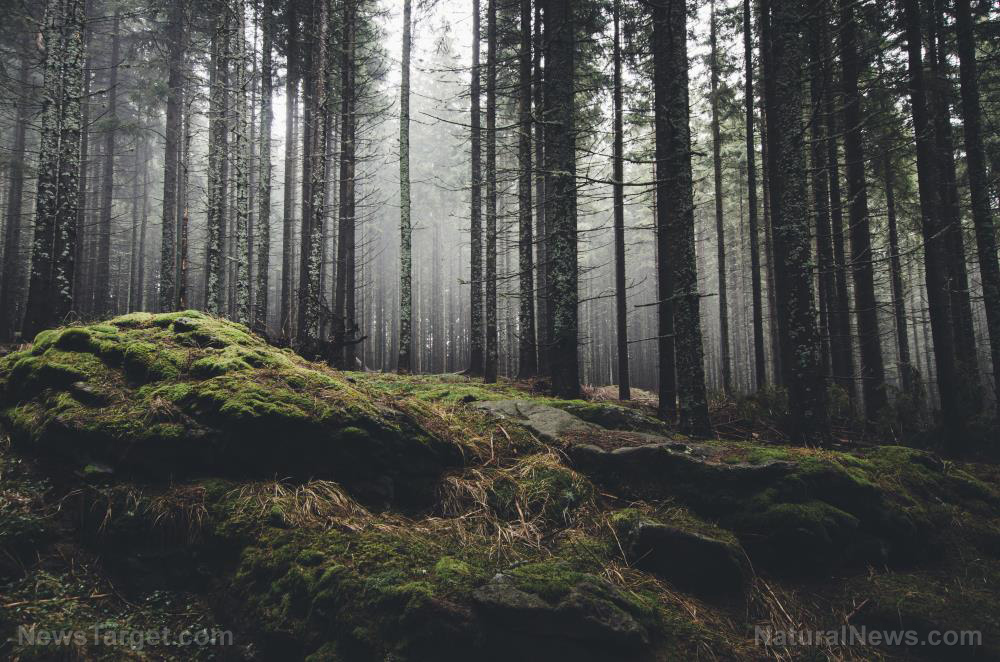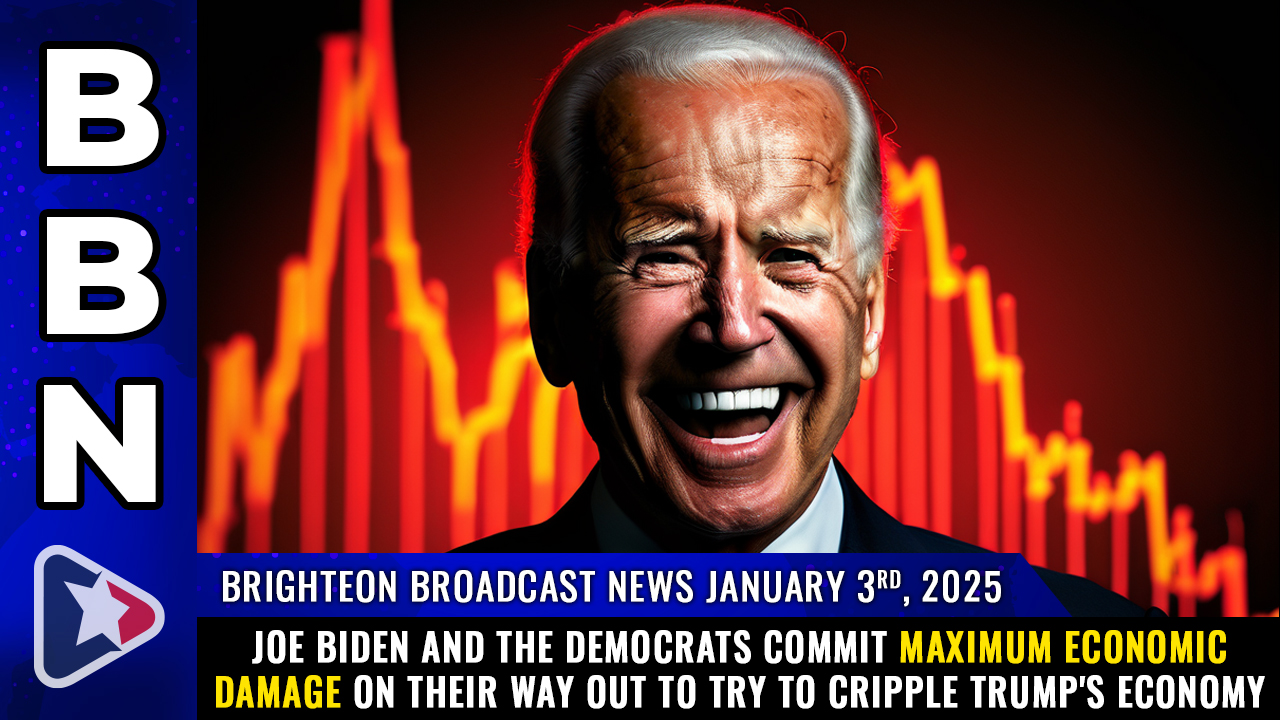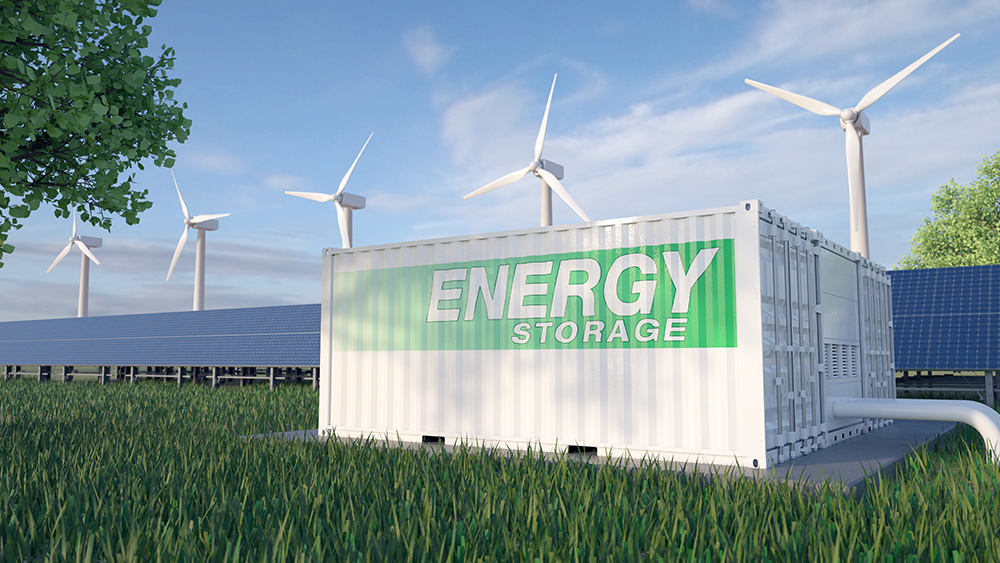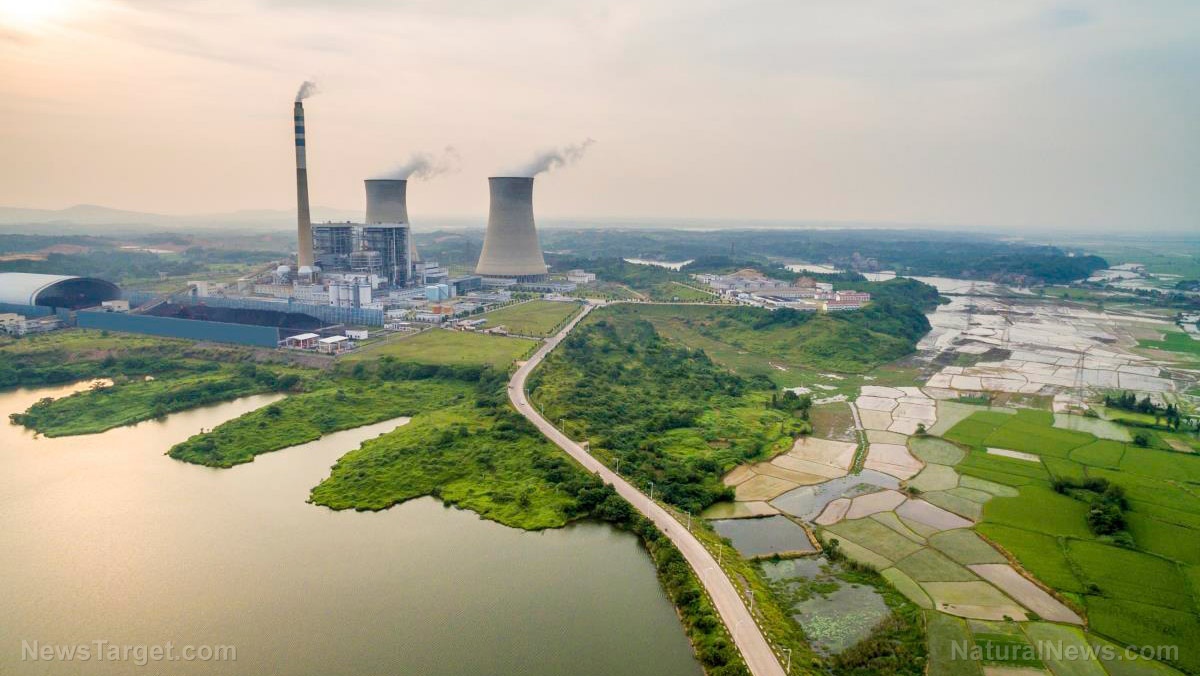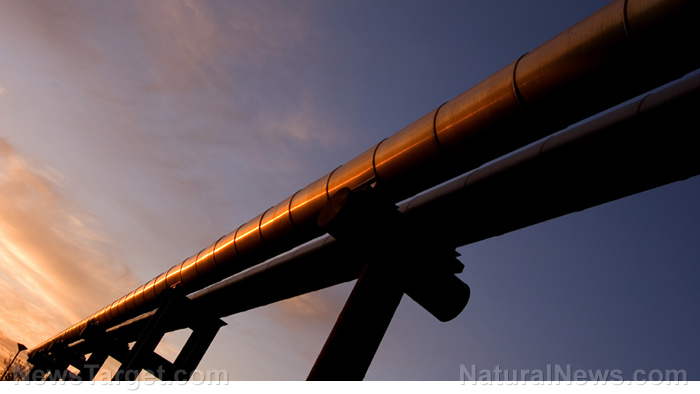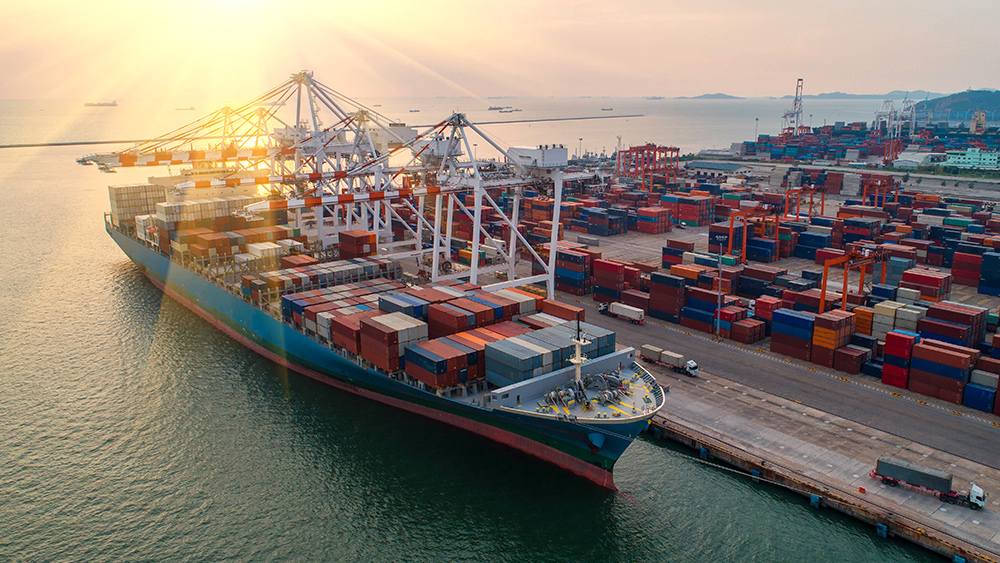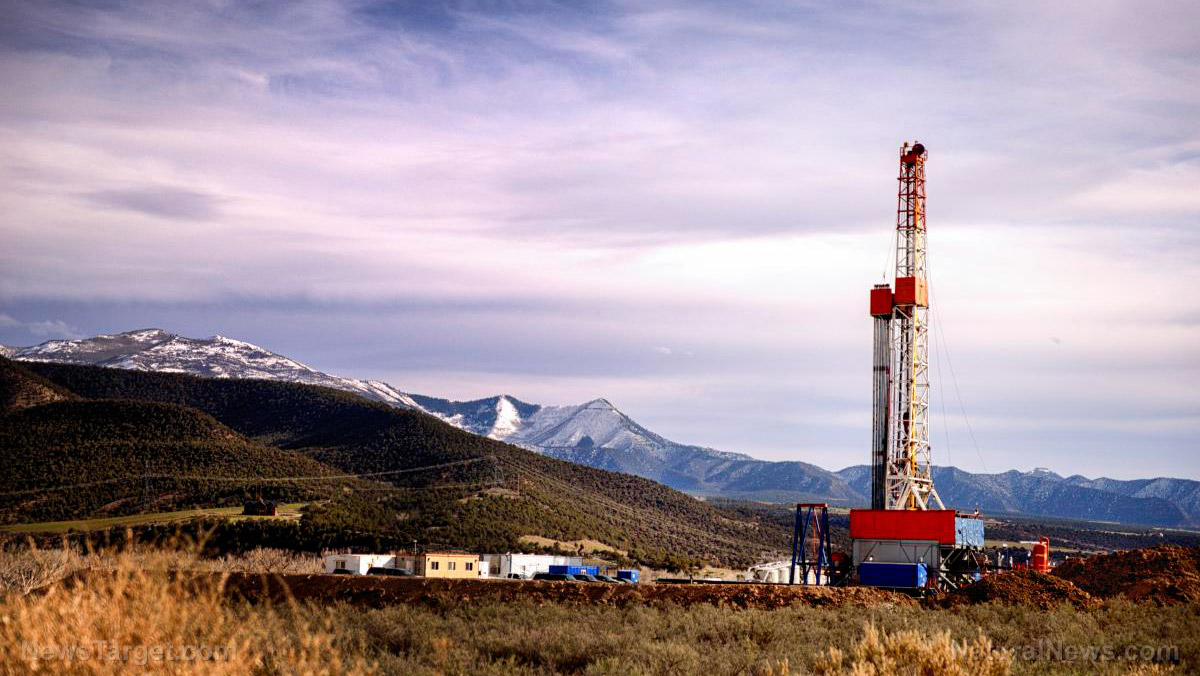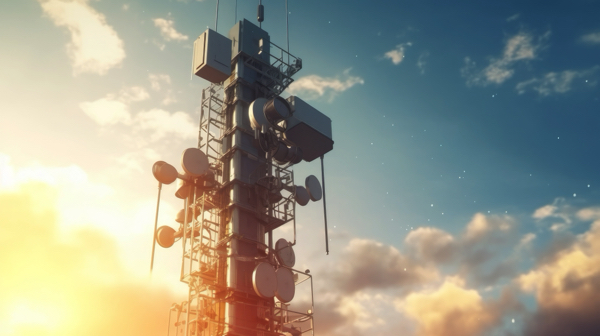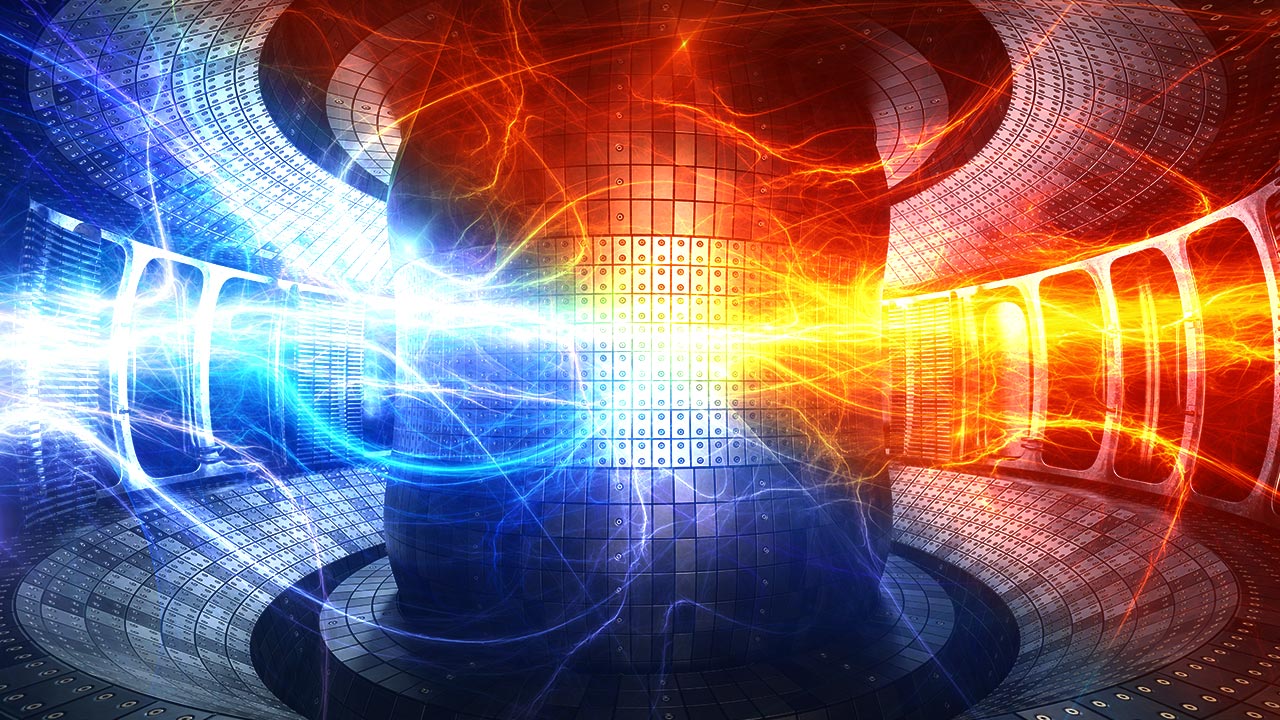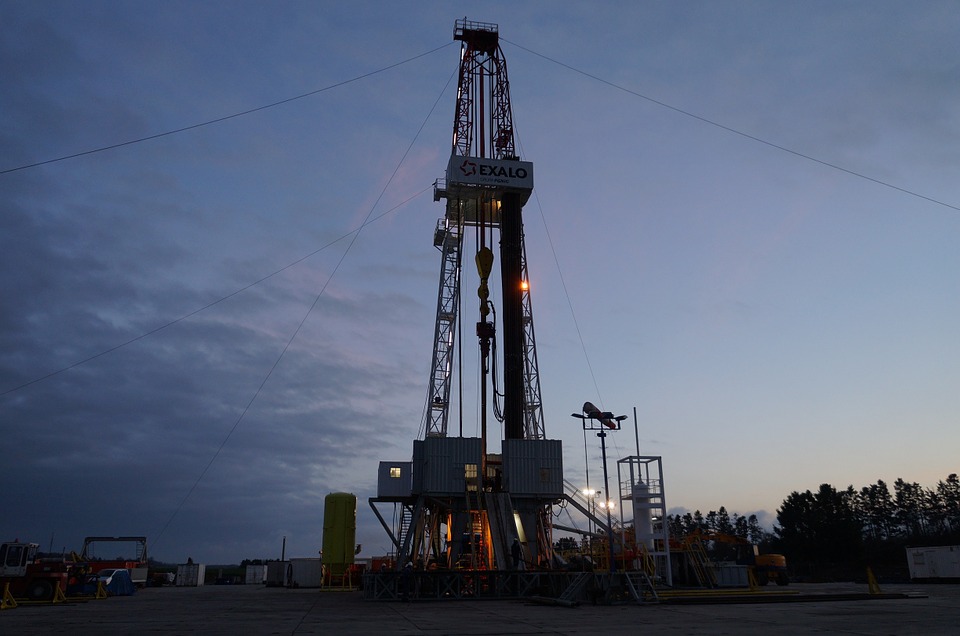Ukraine ends transportation of Russian gas to Europe through its territory, putting several EU nations at risk of shortages
01/04/2025 / By Arsenio Toledo
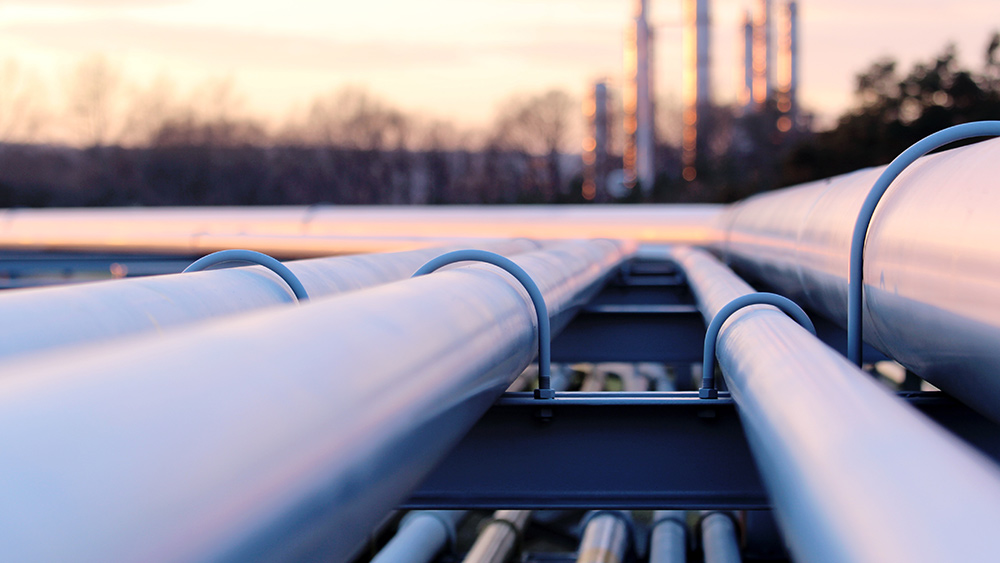
- As of Jan. 1, Ukraine ceased the transit of Russian natural gas to the European Union following the expiration of a five-year transit agreement between Gazprom and Ukrainian energy companies, with no new deal reached due to the ongoing conflict.
- Gazprom announced it had no “technical and legal opportunity” to continue gas transit through Ukraine after Kyiv refused to extend the agreement.
- The EU asserts it can manage the loss of Russian gas, having begun the process of diversifying where it sources its energy since the beginning of the conflict in 2022.
- Slovakia, Austria and Moldova, which relied heavily on Russian gas transiting through Ukraine, face challenges. Austria claims it is prepared for shortages, Moldova declared a 60-day state of emergency and Slovakia has threatened to retaliate by cutting electricity supplies to Ukraine.
Beginning 8 a.m. Moscow time on Jan. 1, Ukraine officially ceased the transit of natural gas piped in from Russia through its territory to the European Union, marking the end of a decades-long energy relationship between Russia and the West.
The halt follows the expiration of a five-year transit agreement between Russian energy giant Gazprom and Ukrainian companies Naftogaz and the Gas Transmission System Operator of Ukraine. Negotiations to extend the agreement, which had been in place since 2019, collapsed, with both sides unwilling to reach a new deal amid the ongoing conflict.
Gazprom announced in a press release that, following the end of the agreement, it was ceasing the transit of gas through Ukraine, stating that Kyiv’s refusal to extend the agreement left the company without the “technical and legal opportunity” to continue gas transit.
The pipeline, which runs through Ukraine into Slovakia, was a critical route for Russian gas to reach European markets. Slovak Prime Minister Robert Fico, whose country had hoped to continue receiving Russian gas, criticized Ukraine’s decision and threatened to cut electricity supplies to Kyiv in retaliation. (Related: Slovakia considering cutting electricity supplies to Ukraine in retaliation for Kyiv preventing Russian gas from reaching the country.)
Ukrainian officials confirmed the halt, calling it a “historic event” in the interests of national security. President Volodymyr Zelenskyy emphasized that Kyiv would not allow Russia to profit from gas transit while the war continues, stating, “We will not give the possibility of additional billions to be earned on our blood.”
EU claims it can weather stoppage of Russian gas through Ukraine
The stoppage, while widely anticipated, is not expected to significantly impact EU gas prices or energy security. Since the beginning of Russia’s special military operation in Ukraine in late February 2022, the EU has drastically reduced its reliance on Russian energy, cutting imports from a peak of 35 percent of total gas supplies to less than 10 percent in 2023.
The bloc has diversified its energy sources, increasing imports of liquefied natural gas (LNG) from the United States, Qatar and other suppliers, as well as boosting pipeline gas from Norway.
The European Commission stated that the EU’s gas infrastructure is now “flexible enough” to handle the loss of Russian gas. A spokesperson noted that the bloc has significantly expanded its LNG import capacity since 2022, ensuring a stable supply. EU gas storage facilities are currently around 73 percent full, with Germany, the bloc’s largest economy, reporting storage levels of nearly 80 percent.
However, some countries remain vulnerable. Slovakia, Austria and Moldova were the most dependent on Russian gas transiting through Ukraine in 2023. Slovakia imported approximately 3.2 billion cubic meters (bcm) of gas last year, while Austria received 5.7 bcm and Moldova 2 bcm. Austria has stated it is well-prepared for the stoppage, but Moldova declared a 60-day state of emergency in December over energy security concerns.
Even Ukraine is expected to lose up to $1 billion in annual revenues obtained through transit fees. Despite this, Ukrainian Energy Minister Herman Galushchenko still framed the move as a strategic victory, stating, “Russia is losing markets, it will suffer financial losses.”
Watch this video of political commentator Alex Christoforou discussing the sudden halt to the flow of Russian gas to Europe.
This video is from the Oldyoti’s Home Page channel on Brighteon.com.
More related stories:
Russia attacks Ukraine’s energy infrastructure in major retaliatory strike.
Gazprom CEO says EU is committing “energy suicide” by boycotting cheap Russian gas.
Sources include:
Submit a correction >>
Tagged Under:
big government, chaos, Dangerous, energy, energy shortage, energy supply, Europe, European Union, fuel supply, Gazprom, grid collapse, natural gas, power, power grid, rationing, Robert Fico, Russia, Russia-Ukraine war, scarcity, Slovakia, supply chain, Ukraine
This article may contain statements that reflect the opinion of the author
RECENT NEWS & ARTICLES
NewEnergyReport.com is a fact-based public education website published by New Energy Report Features, LLC.
All content copyright © 2018 by New Energy Report Features, LLC.
Contact Us with Tips or Corrections
All trademarks, registered trademarks and servicemarks mentioned on this site are the property of their respective owners.


